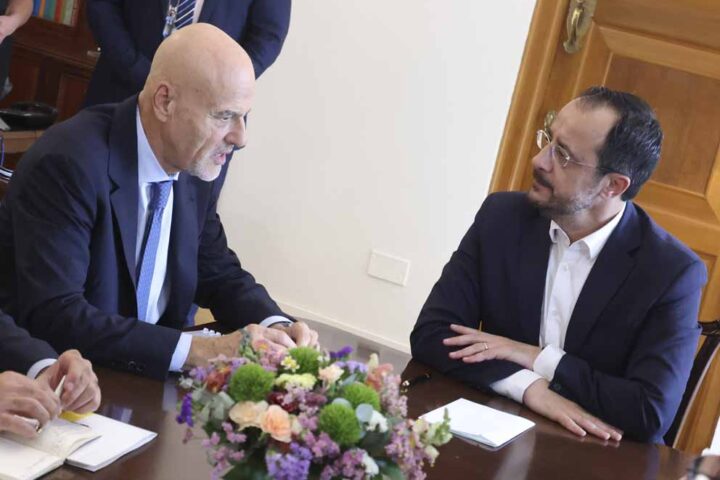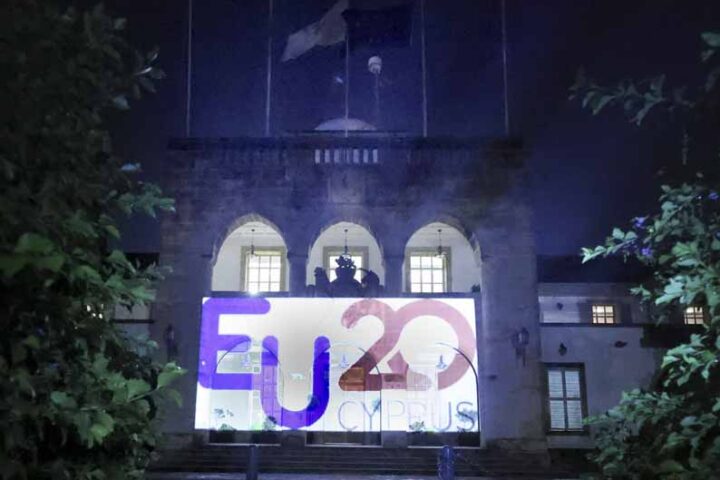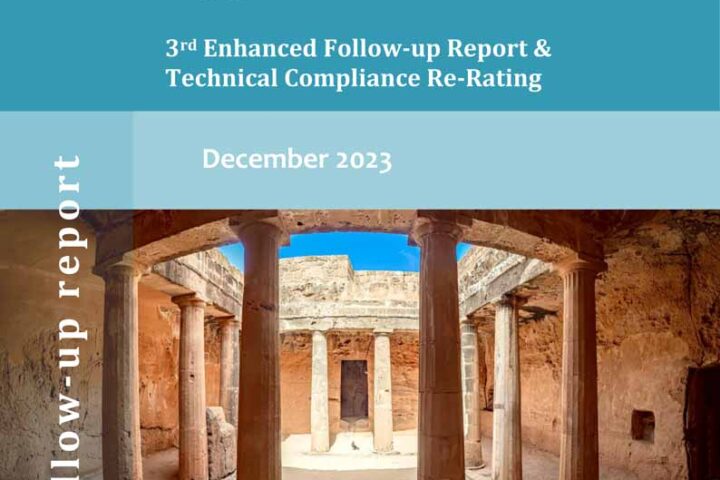Consumers will benefit from a new clearer labelling regime on sunscreen bottles being phased in this summer. The new labels – including a new UV-A logo or seal on bottles and a ban on misleading terms such as “sunblocker” or “total protection” – are a response to a Commission recommendation on sunscreen products adopted in September 2006.
As well as explaining the new sunscreen labelling system, the Commission, through an information campaign in partnership with Member States is seeking to raise awareness that there are several reasons why sunscreen products should be only one out of a number of measures which are necessary to protect from the UV radiation of the sun.
The improved labelling regime is being phased in and will appear on 20% of sunscreen bottles this summer.
Consumer Affairs Commissioner Meglena Kuneva said: “Consumers need clear, accurate information on sunscreen products so they can make informed choices. We need to reinforce the essential message that sunscreen is only one of a number of measures that are necessary for effective protection against the sun.”
Health Commissioner Markos Kyprianou said, “When applied properly, sunscreens can help to protect against skin cancer, but alone they are not enough. Other sensible precautions include avoiding long periods of exposure, staying in the shade at peak hours and protecting yourself with a hat and sunglasses.”
The Commission’s campaign presents forthcoming improvements of the labelling of sunscreen products as called for in a Commission recommendation in September 2006 on the efficacy and claims of sunscreen products. Under the recommendation:
-      Claims such as “sunblock†or “100% protection†should not be used any more. Despite frequent claims like “sunblocker†and “total protectionâ€, no sunscreen products can provide for a full protection against UV radiation.
-      Standardised verbal descriptors (“low†– “medium†– “high†and “very high†protection) should be used alongside traditional SPF (sun protection factor indicators) to provide guidance for the choice of the appropriate sunscreen product.
-      Better labelling of UV-A protection: while UV-B radiation is the cause of “sun-burnâ€, UV-A radiation causes premature skin ageing and interferences with the human immune system. Both types of radiation are important contributors to the skin-cancer risk. The so-called ‘sun protection factor (SPF)’ only refers to equal levels of sunburn (UV-B radiation) and not to similar effects from UV-A radiation. Sunscreen products with only UV-B-protection may provide a false sense of safety because they let hazardous UV-A radiation reach the skin.
-Â Â Â Â Â Â Industry is now starting to introduce a standardised UV-A-seal on its product labels, indicating a quantified minimum UV-A-protection which increases in parallel with an increasing sun protection factor and is based on a standardised testing method.
Progressively, the cosmetics industry will introduce the standardized way of indicating UVA protection as it is defined in a recent European Commission Recommendation via a new logo. This will be fully achieved by summer 2008 only, as labels for 2007 have already been printed. This does not mean that other products do not provide equivalent levels of UVA protection. For the moment it is recommended to keep on reading the full label.
Â
What should consumers know this summer?
Â
The improved labelling regime will start to become “visible†on the market in summer 2007. At the same time, consumers are advised to use sunscreen products only as one out of many measures to protect against the sun. Other measures include:
-Â Â Â Â Â Â Avoid excessive sun exposure at peak hours, which is usually between 11am and 3pm;
-Â Â Â Â Â Â When it is not possible to stay out of the sun, keep yourself well covered; hats and sun glasses can give you additional protection;
-Â Â Â Â Â Â Avoid direct sun exposure of babies and young children;
-Â Â Â Â Â Â Use sunscreens products protecting against both UVB and UVA radiation;
-       Apply sunscreen products in sufficient quantity. The correct application of the product is just as important as the choice of the product itself. To reach the protection indicated on the “sun protection factorâ€, a quantity of 2mg/cm² needs to be applied. This is about 36 grams (6 full tea spoons) of suncream for one adult body. Presently consumers use usually only about ½ of this quantity. This quantity has to be re-applied after swimming or towelling to maintain protection.
The awareness campaign will be run by the Commission and national partners to the voluntary agreement in different member states over the next year -using websites, the press, posters, partnerships with tour operators and advertising.
The EU is a major and growing market for sunscreens. In 2005, the estimated retail value (retail sales price) of sunscreen products in
Â
|
Labelled category |
Labelled sun protection factor |
Recommended minimum UVA protection factor |
|
 “Low protection†|
“6 †|
|
|
“10†|
||
|
 “Medium protection†|
“15†|
|
|
“20†|
||
|
“25†|
||
|
 “High protection†|
“30†|
|
|
“50†|
||
|
“Very high protection†|
“50+†|
Â







